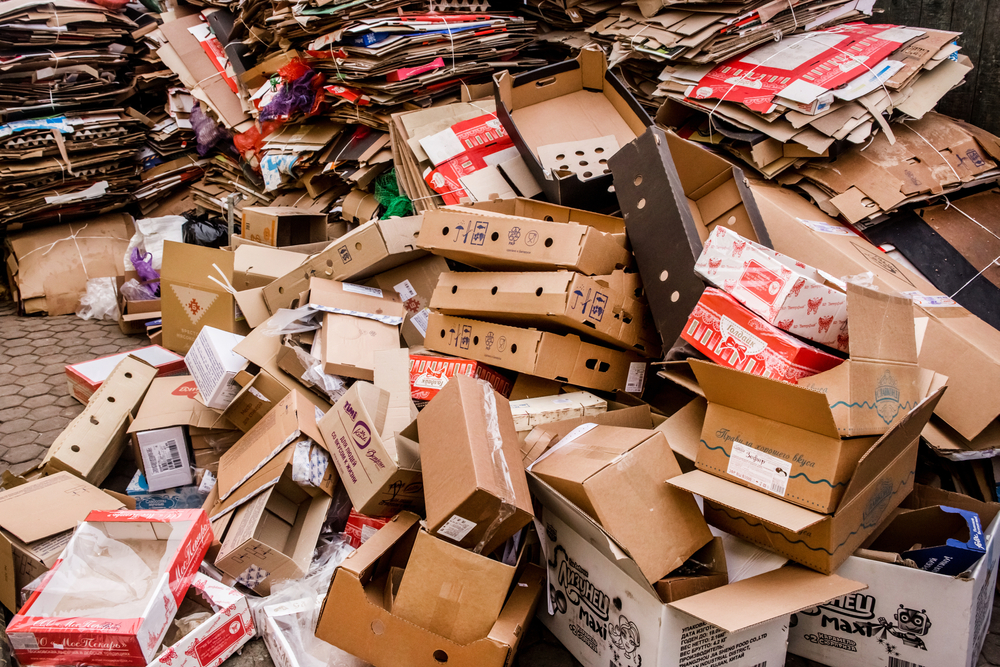Sometimes, the answers to important questions were right under our noses the whole time… or, in this case, underwater.
A Swedish sea farm is growing seaweed in abundance to show how it can become a major food staple and a potential resource for biofuel and plastics.
Sea agriculture
At the Tjärnö Marine Laboratory in Sweden, sea farmers harvest crops of seaweed they cultivate year-round. Some cultures on Europe’s Northern Atlantic coasts have been eating seaweed for hundreds of years. Now, the Tjärnö Marine Laboratory harvests it to sell en masse as a new source of protein and more.
When harvested correctly, avoiding pests like egg-laying crabs or snails that compromise the crops, sea lettuce can hit up to 30 percent protein. This makes it a competitor with our other primary protein providers, such as meat or soya, but it doesn’t use up scarce materials for agriculture. Raising protein sources on land requires water and more food, plant or animal, while seaweed grows abundantly in the ocean.
“There is no other option,” says Dr. Sophie Steinhagen, with the Tjärnö Marine Laboratory. “Climate change is affecting most of our crop systems and we are in urgent need of new production. We cannot extend terrestrial farmland – so we need to go into the ocean.”
The lab doesn’t just harvest seaweed for food though.
Biofuel and plastics from the sea
Seaweed can provide valuable materials for the development of biofuel and plastics. Ulrica Edlund, a professor of polymer science working with the KTH Royal Institute of Technology in Stockholm, has used the polysaccharides from seaweed to fabricate plastic films, filaments, and other plastic materials. “It’s circular because it provides a route away from fossil-based plastics. It allows you to use biomass that can be produced at a really high rate in the oceans,” she says. “You don’t have to wait 50 years for the forest to grow until you can harvest those polymers.”
The seaweed industry in Europe is still getting going, and more adjustments need to be made before it’s competitive with Asian producers, who harvest about 90 percent of the world’s seaweed consumables. However, Nordic Sea Farms has followed the Tjärnö Marine Laboratory’s example and has been growing sugar kelp as the demand has increased from restaurants and biomaterials startups. Seaweed farms are starting all along Europe’s North Atlantic coasts in Belgium, France, Norway, the UK, Ireland, and even Spain.
In a few years, we might see Europe harvesting its own sustainably sourced protein and a new biomaterial.












